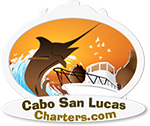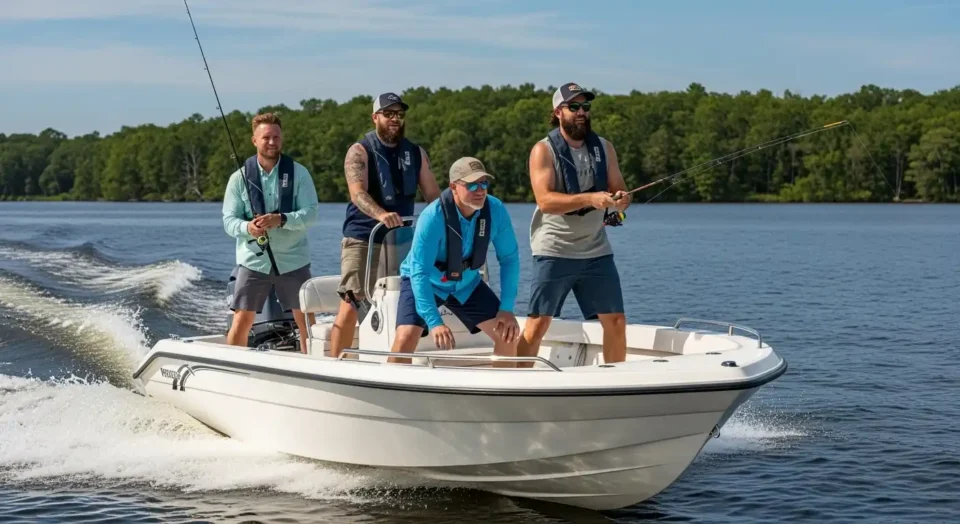You should typically tip 15% to 20% of the total cost of the fishing charter. Tipping is standard practice in the industry and reflects your appreciation for the captain and crew’s hard work, time, and effort—whether or not you catch fish.
Do You Tip Fishing Charter Captains and Crew?
Yes, you should tip both the captain and the crew if they provided good service during the trip. In most charters, tipping is expected and appreciated, especially when the crew works hard to ensure your comfort, safety, and success on the water. If the trip is run by the captain alone, you can tip them directly. If there’s a separate mate or crew member, you can tip them individually or give one amount to the captain and ask them to split it fairly.
What Should You Consider Before Deciding How Much to Tip?
The tip amount should reflect the level of service, effort, and overall experience—not just the number of fish you caught. Consider how friendly and helpful the crew was, whether they kept the boat clean and safe, if they gave you useful instructions, and how hard they worked to give you the best possible experience. A captain or mate who stays positive, adjusts locations to improve the trip, or helps beginners deserves a generous tip even on a slow day.
What Is the Typical Tip for a Fishing Charter?
Most anglers tip between 15% and 20% of the total charter price. This is the standard tipping rate across the fishing industry and is similar to tipping at a restaurant. For example, if your trip cost $500, a $75 to $100 tip is considered fair. For exceptional service, it’s perfectly okay to go beyond 20%. Many charters prefer cash tips, so it’s a good idea to bring it with you.
Why Is Tipping Important on a Fishing Charter?
Tipping plays a major role in supporting the income of charter captains and their crew. Often, the base pay for mates and deckhands is low or even nonexistent, and tips may account for 30% to 50% of their total earnings. In addition to guiding the trip, they spend time preparing the gear, cleaning fish, maintaining the boat, and making sure you have a smooth and enjoyable day. Your tip helps reward this behind-the-scenes effort.
How Does Tipping Affect the Captain’s and Crew’s Income?
Tips often make up a large portion of the crew's income and sometimes even the captain’s. In many cases, deckhands or mates are paid only through tips, especially on smaller private boats. Even captains may use most of the trip fee to cover fuel, maintenance, bait, and permits. Without tips, their actual take-home pay can be very low compared to the time and effort they put in before, during, and after your trip.
When Should You Tip a Fishing Charter?
You should always tip unless the service was unprofessional or unsafe. If the captain and crew were attentive, prepared, and worked hard—even if conditions were rough or the fish weren’t biting—they’ve earned your tip. The only time it’s acceptable not to tip is if the crew showed little effort, cut the trip short without explanation, or acted rudely or irresponsibly.
How Do Weather or Trip Conditions Affect Tipping?
Poor weather or slow fishing conditions shouldn’t affect your decision to tip if the crew still tried their best. Fishing is unpredictable, and no captain can control the weather or guarantee a catch. What matters is the effort they put into keeping you safe, moving to better spots, and making the trip enjoyable. If they were lazy or ignored your comfort and safety, it’s fair to reduce or withhold the tip.
Should You Tip Extra for Exceptional Service?
Yes, you should tip more than 20% if the captain or crew went above and beyond. Exceptional service might include helping your kids fish, extending the trip to give you a better shot at a catch, cleaning and bagging your fish, or creating a fun, informative experience. A 25% or even 30% tip is a great way to show appreciation when they really make your day memorable.
Tipping Guidelines for Fishing Charters
| Trip Cost | 15% Tip | 20% Tip | 25% Tip |
| $300 | $45 | $60 | $75 |
| $500 | $75 | $100 | $125 |
| $800 | $120 | $160 | $200 |
| $1,200 | $180 | $240 | $300 |
Use this chart as a guideline and adjust up or down based on the level of service. For smaller group trips or half-day charters, a flat tip of $50–$100 is also common.
FAQ:
More Common Questions About Tipping Fishing Charters
How do I tip if I booked online?
Bring cash and tip the crew in person at the end of the trip. Most online booking platforms don’t include tipping, and the crew usually won’t receive anything extra unless you hand it over directly.
Is it okay not to tip if no fish were caught?
Yes, but only if the captain or crew didn’t make an effort. Not catching fish happens, but if they tried hard, switched locations, or gave you good service, they still deserve a tip.
Who should I give the tip to?
If there’s only a captain, tip them directly. If there’s a mate, you can tip them separately or hand one tip to the captain and ask that it be divided fairly.
Do you tip more for private charters than shared ones?
Yes, private charters often involve more personalized attention and flexibility, so tips in the 20%–25% range are more common compared to shared trips.
Can I tip with a credit card?
Some charters accept credit card tips, but cash is preferred and ensures that the crew gets it directly. Always ask ahead of time if digital tipping is available.

